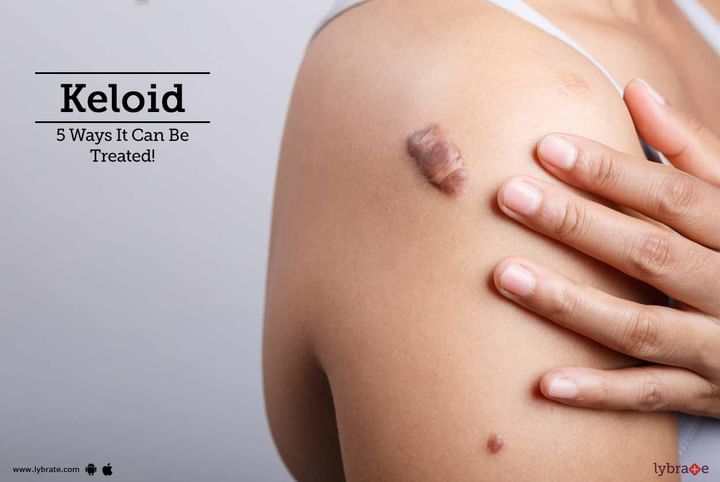Keloid - 5 Ways It Can Be Treated!
As per the American Osteopathic College of Dermatology, an estimated 10 percent of individuals encounter keloid scarring every year. While women and men are equally prone to have keloid scars, people with darker skin tone are more likely to experience keloids.
What are keloids and why do they occur?
Keloid is widely recognized as keloid scar or keloid disorder. It is caused when the fibrous tissues also known as scar tissues are injured. In specific instances, the scar tissues grow in excess, and they form a hard and smooth growth, which is known as keloid, which could be bigger than the actual wound. They are customarily found in areas like the chest, cheeks, shoulder, and earlobes. Nonetheless, any part of the body could be affected by keloids. Though they do not pose a threat to health, they can be a cause of significant cosmetic concerns. Another factor why they occur is in the case of overgrowth of the scar tissue that develops over the period of weeks.
Are keloids a cause for concern?
Keloids are often itchy and discomforting. Keloids often cause a major cosmetic concern as they are large and easily spotted. Due to this, several patients encounter stress as they become conscious. Exposure to sun must be avoided in case of keloids as the tanning of the affected area may darken the keloid scar and become more prominent. The response of the treatment for keloids depends majorly upon the anatomical location of the scar. An extremely itchy keloid can be quite distracting. Many patients are skeptical of getting treatment as it may leave a permanent scar.
Common Treatment options for Keloids
- Laser: The pulsed-dye laser can be helpful in flattening keloids and making them appear less red and intense. The treatment is considered as safe and is almost painless, but many treatment sessions may be required. These may be expensive, as insurance plans do not usually cover laser treatments.
- Cryotherapy: This is a method in which the keloid is frozen with the help of liquid nitrogen to flatten the keloid. However, it may result in lightening or darkening of the affected area.
- Radiation: Radiation is considered as a safe and effective option by several doctors for the treatment of keloids.
- Silicone gel or sheeting: In this method, a sheet of silicone gel has to be worn continuously for months in order to treat the affected area. The outcomes of this treatment may vary. Some doctors claim relative success with compression dressings composed of materials that are not silicone.
- Surgery: Treating keloids by surgery may prove to be risky as it may activate the development of a more prominent keloid. Some operations have been successful by applying compression or injecting steroids to the wound after the keloid has been treated. Superficial radiation treatment post-surgical procedure has also been considered to be helpful.
A condition that poses no threat to your health, and is purely of cosmetic concern, Keloids do have several treatment options providing the expected results. In case you have a concern or query you can always consult an expert & get answers to your questions!



+1.svg)
